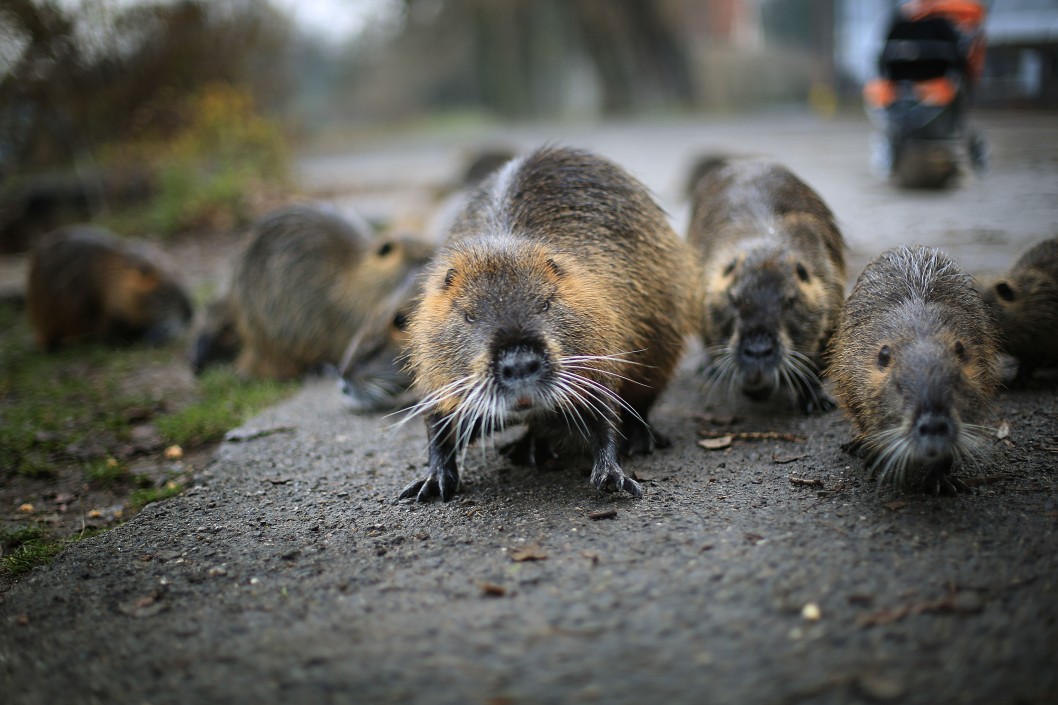Information on Nutria
Nutria are considered an invasive species across some of the United States, including the state of Texas. As long as there is water nearby, nutria will hang around. They live in burrows that have openings below the water surface. They are semi-aquatic, wetland-dwelling rodents. They are omnivorous mammals, eating mainly vegetation and small creatures like snails and mussels.
Fur ranchers imported nutria into California, Washington, Oregon, Michigan, New Mexico, Louisiana, Ohio, and Utah between 1899 and 1940. Many of the nutria from these ranches were freed into the wild when their businesses failed in the late 1940s. In the United States, farm ponds and other freshwater impoundments, drainage canals with spoil banks, rivers and bayous, freshwater and brackish marshes, swamps, and combinations of various wetland types can provide suitable habitat to nutria.
For more information on Nutria removal, visit The Critter Squad Inc.
Nutria are considered an invasive species
Looking much like a koala bear at first glance, these cute and cuddly looking critters might be seen along the banks of resacas or irrigation ditches in the Rio Grande Valley.
They are nutria (Myocastor coypus). Native to South America, they are now found in at least 40 states and three Canadian provinces, and in Europe, Asia and Africa, thanks to a burgeoning fur trade at the end of the 1890s. The word nutria refers to the animal’s pelt, and has been adopted to denote the species in the states. Learn more
Summary: Nutria are considered an invasive species across some of the United States, including the state of Texas. As long as there is water nearby, nutria will hang around.
Nutria Information
Fur ranchers imported nutria into California, Washington, Oregon, Michigan, New Mexico, Louisiana, Ohio, and Utah between 1899 and 1940. Many of the nutria from these ranches were freed into the wild when their businesses failed in the late 1940s. State and federal agencies and individuals translocated nutria into Alabama, Arkansas, Georgia, Kentucky, Maryland, Mississippi, Oklahoma, Louisiana, and Texas, with the intention to control undesirable vegetation and enhance trapping opportunities.
Nutria adapt to a wide variety of environmental conditions and persist in areas previously thought to be unsuitable. Learn more
Summary: Nutria are considered an invasive species in Texas. They were brought from South America to the United States between 1899 and 1940 by fur ranchers.


